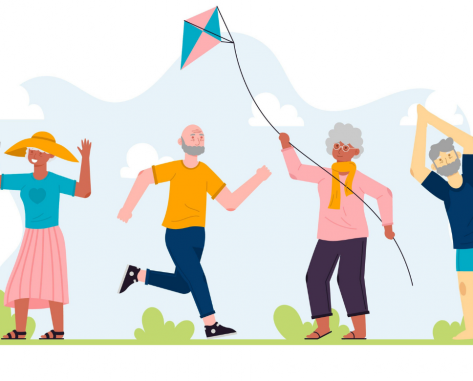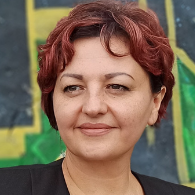


Inna | Jul 25, 2022 May 16, 2023
In this lesson, students learn the differences between Present Perfect and Past Simple . They also practise using the two tenses, watch a video and talk about active lives of elderly people.
A2 / Pre‐IntermediateAt the beginning of the lesson, students read four headings and think what they have in common . Students also say whether they agree with the title of the lesson. Then, they predict what information they might find in each of the articles. After that, students read three texts and match the headings with the texts. Then, they read the texts again and decide whether some statements are true or false . Next, students read four rules about Present Perfect and Past Simple and match them with the correct sentences from the texts. The teacher can also elicit adverbs and time expressions for Present Perfect and Past Simple. Finally, students discuss the stories they read and talk about the elderly people they know.
Students watch a video about a 78-year-old-man and tick the topics that were discussed in it. Then, they watch the first part of the video again and write sentences to explain three numbers (e.g. He has cycled 520,000 km. ). The sentences require the use of Present Perfect and Past Simple. While watching the second part of the video, students choose the correct verb form . After that, they discuss the video and talk about being in good shape. Finally, students imagine themselves in their 80s. They think about their lives and what they might do and like at that age. They make some notes about different areas, e.g. travel, hobbies, sport. Finally, in pairs, they tell each other about their lives in their 80s using Present Perfect and Past Simple. They also ask each other two questions about what they have said.